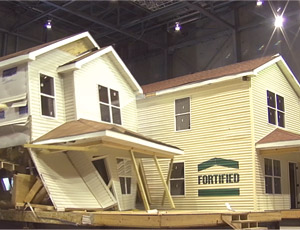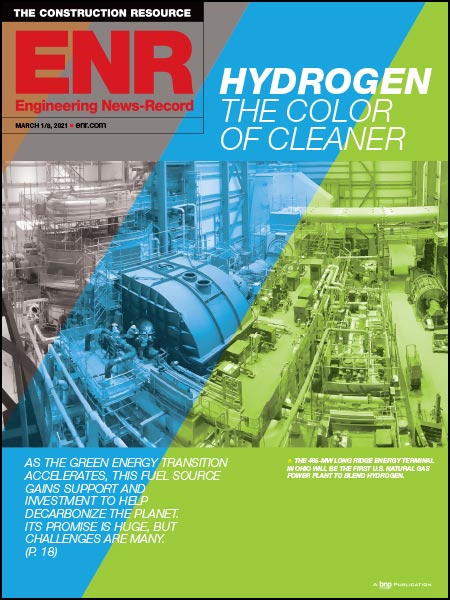Industry professionals poured out their passion at a conference in Washington, D.C., about the nation’s need to step up efforts to mitigate natural hazards through more resilient design and construction. Earthquakes, floods, hurricanes and wildfires are known natural hazards with risks that vary by location, but speakers at the event agreed that these risks can be mitigated by building in resilience. Codes, land-use planning and insurance programs all should be part of the solution.

“We can’t wait a year or six months. We have to do something tomorrow about this,” said Trumbell, Conn.-based architect Don Watson. “If we locked the doors, the people in this room could come up with an action plan,” he said, looking around at the government representatives, code officials, association leaders, engineers and owners in attendance.
Like raising teenagers, the challenge is to figure out what incentives and disincentives are effective, said Casey Dinges, senior managing director of the American Society of Civil Engineers, which, along with the National Building Museum, partnered with Engineering News-Record in organizing the March 2-3 conference, “Mitigating Disaster Through Design and Construction.” The building museum will host an exhibit on the topic in fall 2012.
Sandra Knight, deputy federal insurance and mitigation administrator at the Federal Emergency Management Agency, emphasized that understanding risk and motivating communities to prepare are key ideas. “We’ve got to be able to communicate the risk. We’ve got to!” she said, adding that only 43% of jurisdictions with high and very high seismic hazards have seismic-resistance codes, only 43% of jurisdictions with flood hazards have flood-resistance codes, and 86% of jurisdictions with hurricane hazards have hurricane-resistance codes.
Hurricane Katrina was a vivid example of what happens when a hazard strikes those unprepared areas, said U.S. Rep. Earl Blumenauer (D.-Ore.). “There were seven Louisiana parishes and three Mississippi counties that had no building codes whatsoever. We could have reduced, it was suggested, 65% of the damage if structures had been built to current model building codes.”

BLUMENAUER
Blumenauer believes the country can make significant changes. “The problem,” he says, “is that too often the federal government has been AWOL.” On the one hand, the government is willing to spend billions after a disaster; on the other hand, it is “[reluctant] to spend a small amount up front to prevent” disastrous results, Blumenauer observes. The Clinton administration had been working with communities across the country, but efforts drifted away, he says. “[Now] we need a serious reassessment of the rules of engagement. What should the federal government’s role be? How do we allocate responsibilities with state and local governments?” he says.
The congressman does not believe the federal government should be on the hook for poor land-use decisions or the lack of them, however. “But it is the role of the federal government to provide some resources so localities make appropriate decisions about land-use rules,” he says. Blumenauer gave the example of western homeowners who choose to live in forest-fire zones who “should not expect urban levels of fire protection.”
A federal program now undergoing scrutiny is the National Flood Protection Program, Knight reports. She characterizes the floodplain management debate as “right in the middle of my storm.” The insurance program was intended to...




Post a comment to this article
Report Abusive Comment